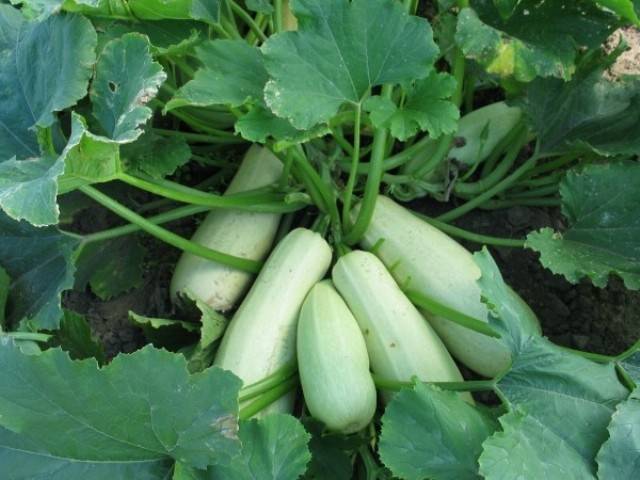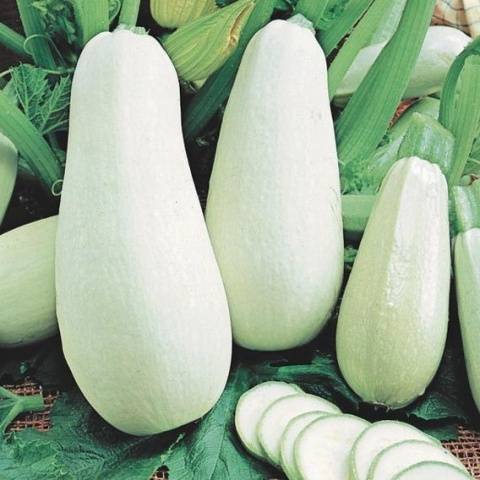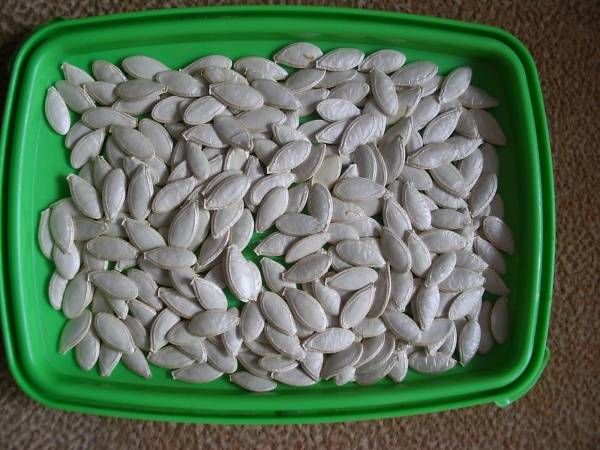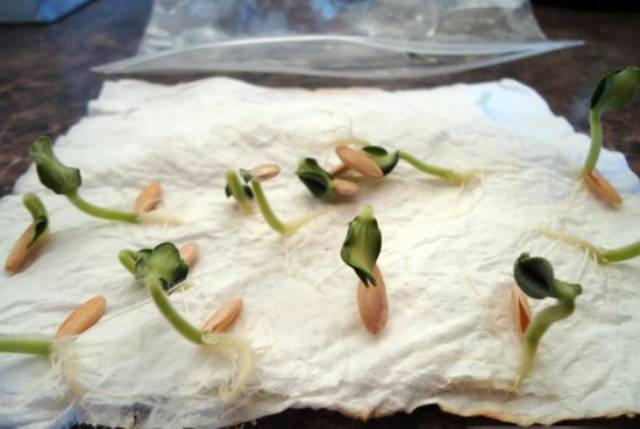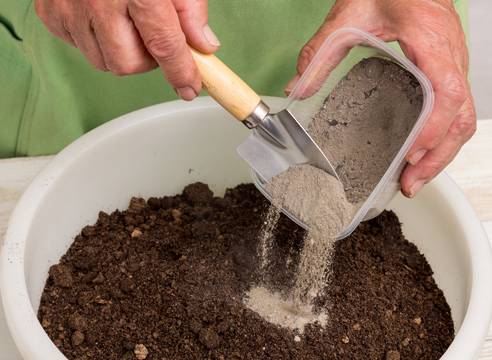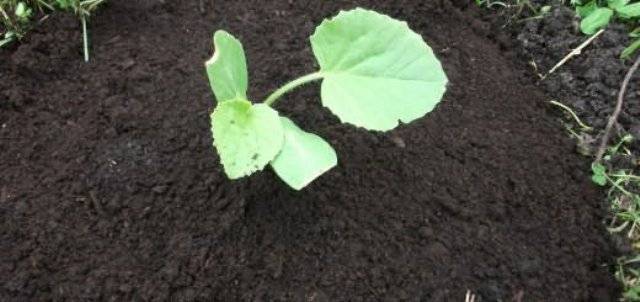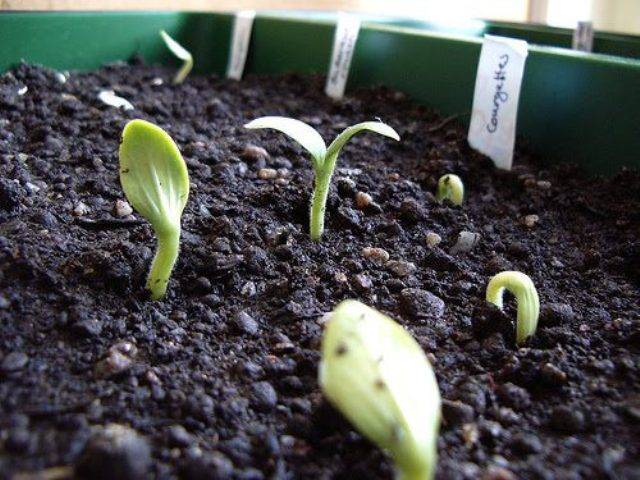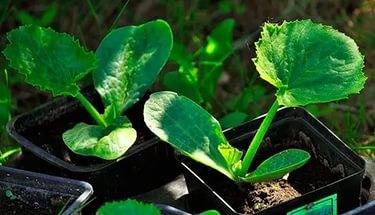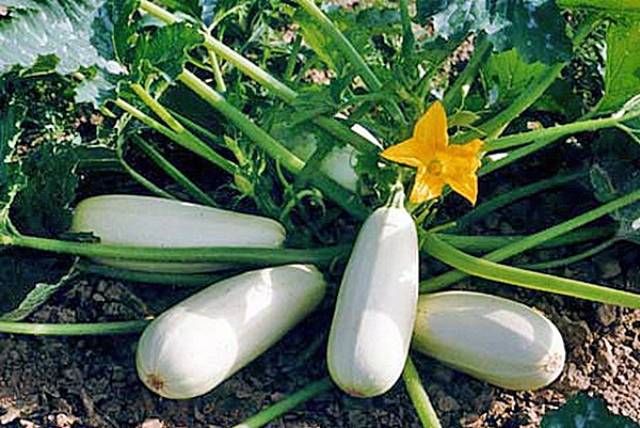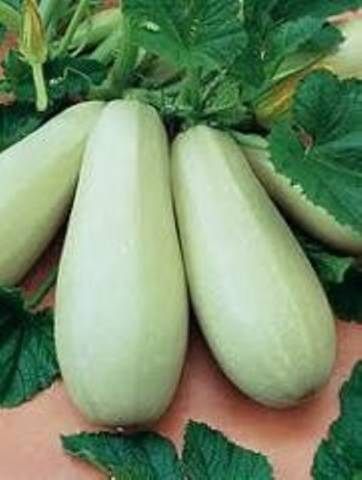Content
White-fruited zucchini varieties are the most popular in cultivation. They are unpretentious in care, have different ripening periods, bring large yields and are versatile in use. White-fruited zucchini is an ideal choice for those who appear in their summer cottages only on weekends. The ripening period of the fruit from the appearance of the first ovary is no more than 15 days, therefore, having collected the crop and watering the plant well, you can safely leave it until the next arrival at the site.
How to choose a variety of white marrow
A significant part of the planting material on store shelves is white-fruited zucchini varieties. If you have been gardening for a long time, then most likely you are harvesting seeds from previous crops. For those who want to try themselves in the agricultural field for the first time, it will not be easy to make a choice.
The first thing to determine is in what conditions the zucchini will grow. If you have built a greenhouse or are going to plant seedlings under a greenhouse film, it is better to choose planting material for self-pollinated hybrids. In addition to the fact that these plants do not require the presence of insects, they are quite hardy and strong, as they are derived from the best, already well-proven varieties.
For planting in open ground, use inseminated varieties of seeds of domestic selection. Be sure to decide on which side of the garden the white-fruited zucchini will grow. Since the culture is classified as early maturing, in its place it will be possible to plant late vegetables - pepper or eggplant.
Rules for calibration and preparation of seeds for sowing
White-fruited zucchini is grown in two ways:
- Sowing seeds in open ground (for southern regions with early warm spring);
- Growing seedlings in greenhouse conditions.
Both methods require preliminary calibration and disinfection of the planting material. But the first step is sorting the grains. In order to identify hollow seeds, all planting material is sent to a 1% sodium chloride solution. Those grains that remain at the bottom of the container are suitable for sowing, it is better to get rid of the rest right away.
Disinfection
In order for the plant to be resistant to fungal diseases, it must be hardened. For this, the planting material is kept for at least 6 hours in hot water. It is necessary to constantly add water, since during the entire procedure its temperature should be in the range of 45-500C. Then the seeds are transferred to cool water and rinsed in it for 2-3 minutes.
Etching
Today, there are a large number of drugs on sale against fungal infections of white marrow. These are such as Alirina-B and Fitosporin-M. The concentration of the solution for dressing the planting material is indicated on the package. The seeds must be kept at room temperature for up to 10-16 hours.
Hardening
After the seeds of the white-fruited zucchini have passed the soaking procedure, they must be hardened. To do this, for 3-4 days they are alternately placed in different temperature conditions. During the day, the planting material is kept at room temperature, and at night (for 10-12 hours) it is placed in a refrigerator.
Before sowing, the seeds of the white-fruited zucchini are kept in solutions of Tsikron or Elin. These fertilizers activate fast germination and have a positive effect on the endurance of the seedlings.
Pecking
White-fruited zucchini will give large and early yields if you speed up the time of seed hatching and stimulate the growth of the first shoot. For this, the selected and disinfected planting material is soaked for a day in water at room temperature, and then spread on a damp cotton rag. Sprouts are considered suitable for planting if their length is at least 5-7 mm.
All these measures for the preparation of planting material before sowing are effective for the further growth and yield of white-fruited eggplant.
Seedling substrates and mixtures
Sowing of hatched seeds for the southern regions of Russia and the non-chernozem zone is carried out at the end of April, and by the 20th of May, marrow seedlings are transferred to a greenhouse or a film greenhouse. If you decide to sow planting material directly into open ground, do it in early June, but only after you are reliably informed that the threat of frost has passed.
The seedling mixture is prepared in the following versions:
- Sod land is mixed with compost in a 1: 1 ratio, then another part of humus is added to the contents. On a bucket of such a substrate for sowing white-fruited zucchini, you need to add 100 grams of ash and 15 grams of any potassium fertilizer with superphosphate;
- Sod land is mixed with peat, humus and rotted sawdust in a ratio of 1: 5: 3: 1, respectively. Up to 8 grams of ammonium nitrate and 8-10 grams of superphosphate are added to a bucket of prepared substrate;
- Sand is mixed with peat in a 1: 1 ratio.
If you do not have enough knowledge on preparing the soil for growing seedlings of white-fruited zucchini, or do not have enough time to do this, purchase a ready-made universal substrate for transplanting home flowers in a flower shop. It is quite suitable for getting strong and hardy seedlings.
Growing seedlings
Seedlings are sown in planting containers or special peat pots, and then plucked with plastic wrap for 7-10 days. When sowing, take into account the fact that white-fruited zucchini does not tolerate transplanting very well, so try not to plant more than 2 hatched seeds in one container. In the future, with growth, observe which of the seedlings is stronger and stronger, and leave it for seedlings.
Seedling pots must be placed in a well-lit place and kept at a temperature of at least 200C. Watering the seedlings of the white-fruited zucchini is carried out regularly, as the top layer of the soil dries up.
Top dressing of seedlings
For all the time while the seedlings are gaining in growth, they need to be fed several times. The first fertilizers are introduced into the substrate a week after sowing the planting material, the second - another week later. As a rule, this is quite enough to provide zucchini seedlings with fast germination and make them strong.
Fertilizers are prepared in such a way as to pour 100 ml of solution into each planting container for the first time, and 200 ml for the second.
Here are several options for preparing fertilizers that have proven themselves well when growing seedlings of white-fruited zucchini:
- For 1 liter of settled water, take 1 teaspoon of wood ash and nitrophoska. Stir everything thoroughly and filter;
- Dilute 10 grams in a bucket of water potassium sulfate and ammonium nitrate and 30 grams of superphosphate;
- A solution of mullein or bird droppings is mixed in a bucket of water with the addition of 30 grams of superphosphate.
In addition, experienced gardeners recommend the use of fermented weeds... This mixture can be prepared at home by dissolving 1 part of herbal sourdough in 4 parts of settled water. Each landing container is poured from 100 to 150 ml of solution.
As soon as seedlings of white-fruited zucchini gave 4-5 leaves and got stronger enough, it is transferred to a greenhouse or open ground. Seedlings are planted only in warm soil with an optimal air temperature of at least 200FROM.
The first week is watered abundantly and, if possible, the seedlings are covered with foil, so that the young plants take root. Almost all varieties of white-fruited zucchini are early maturing and have a quick ripening period and a fairly long growing season.
The best varieties
White-fruited
The variety is early maturing and high-yielding. Grown in greenhouses, hotbeds and open field. Since Beloplodny is a bush variety, it is quite compact. One square meter can accommodate up to 2 plants. Seedlings are transferred to the ground when the threat of frost disappears. The plant is well adapted to viral and fungal diseases, but the best yields are obtained if the zucchini grow in light slightly alkaline or neutral soil.
Distinctive features of cultivation is that the White-fruited variety loves to grow in areas with an active crop rotation. By planting it after potatoes or tomatoes, you can achieve not only quick germination, but also excellent taste. The fruit is even cylindrical in shape, the average size is up to 20 cm, and the weight during ripening can reach 300-350 grams. Resistant to powdery mildew and fusarium. The planting density per hectare is up to 20 thousand plants.
Aral F1
An early white-fruited hybrid with a ripening period of 35-40 days. Designed for growing in film greenhouses and outdoors. Moreover, in open ground conditions, with short interruptions, it can give several harvests. The fruits are small - during the ripening period they do not outgrow more than 15-17 cm. The mass of one white-fruited zucchini is from 250 to 400 grams.
Distinctive features - insect pollinated hybrid, therefore, when grown in greenhouses, it requires regular opening of sections for pollination. Up to 15-20 kg of zucchini are removed from one bush per season. The planting density per hectare is up to 15 thousand plants. Resistant to powdery mildew, yellow and watermelon mosaics.
F1 itself
A high-yielding early ripe hybrid of a white-fruited variety. Designed for growing in open ground, hotbeds and greenhouses. The first fruits can be removed as early as 30-35 days after the seed has hatched. The variety is insect pollinated; it gives large yields in the second turn - in the beginning and in the middle of summer. Possesses high resistance to temperature extremes, high humidity and dry weather, tolerates high air temperatures well.
On average, up to 16 kg of zucchini are harvested from one bush during the growing season. The fruit grows up to 18-20 cm in length and has an average weight of up to 500 grams. Immune to viral diseases, watermelon and yellow mosaic. No more than 14 thousand plants are planted on one hectare.
Conclusion
The number of varieties of white-fruited zucchini is increasing every season. And this is quite justified - breeders pay attention to the fact that these zucchini have a delicate, slightly sweet taste, are universal in use and do not require special care. And the high yield makes it possible to harvest them for the winter in large batches.
For more information on growing white-fruited zucchini, see the video:
